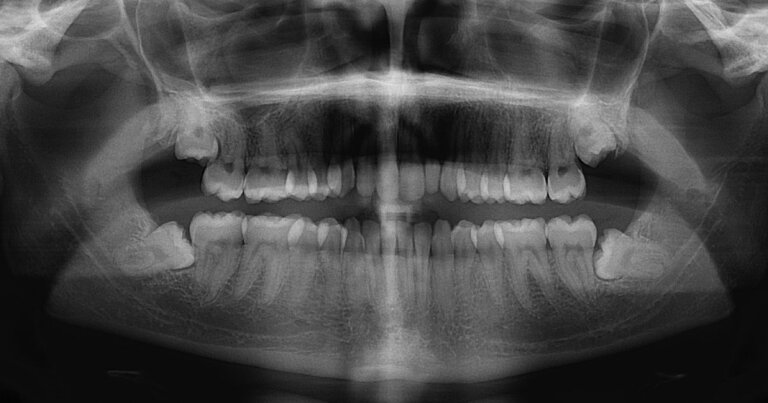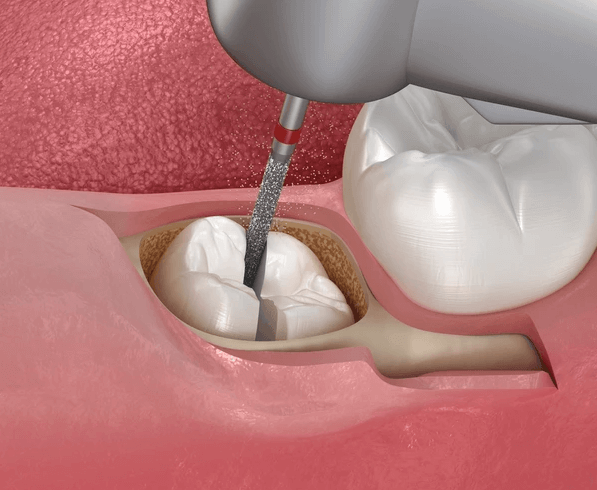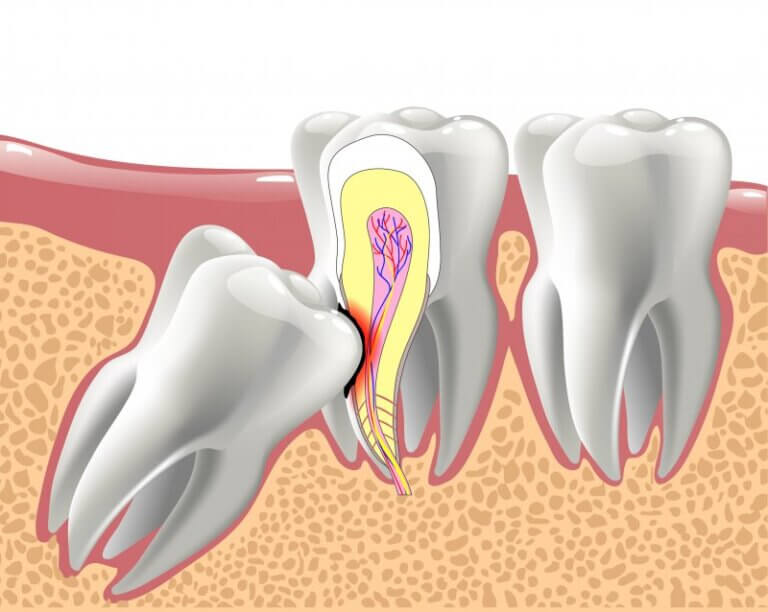Coronectomy Vs Wisdom Tooth Extraction: Pros and Cons Explained

If you’ve been told your wisdom teeth need to come out, your dentist may mention two options: a traditional wisdom tooth extraction or a coronectomy. While most people are familiar with full removal, coronectomy is a lesser-known alternative designed to reduce the risk of nerve injury.
At Atlas Dental in downtown Toronto, we often recommend coronectomy in specific cases to protect your oral health and avoid complications. Call us today or book a free phone consultation online to take the first step solving your wisdom tooth problem. Here’s what you need to know.

Free phone consultation
Have questions about wisdom tooth removal or coronectomy ? Schedule a free phone consultation.

5 star google reviews
See for yourself why more people are choosing Atlas Dental for wisdom tooth removal and coronectomies

Emergency Dental Service
Have wisdom tooth pain in Toronto? Book same day wisdom teeth removal or coronectomy
What Is a Coronectomy?
A coronectomy is a specialized surgical procedure in which only the crown of the wisdom tooth is removed, while the roots are intentionally left in place. This is typically done to avoid damaging nearby nerves—most commonly the inferior alveolar nerve, which runs through the lower jaw. This option is most often considered when:
- The wisdom tooth is deeply impacted
- The roots are very close to or wrapped around the nerve
- There’s a high risk of nerve injury with full extraction

What Is Full Wisdom Tooth Removal?
This is the traditional extraction procedure where the entire wisdom tooth—crown and roots—is removed. It’s usually performed when:
- There’s infection, decay, or damage
- The tooth is causing crowding or misalignment
- The tooth is fully or partially erupted
- The root structure is away from the inferior alveolar nerve

Coronectomy vs Wisdom Tooth Removal: Side-by-Side Comparison
To help you better understand the key differences between a coronectomy and full wisdom tooth removal, please refer to this chart comparing the two options a side-by-side. This chart highlights the pros, cons, recovery times, and when each procedure may be recommended:
| Factor | Coronectomy | Wisdom Tooth Removal |
|---|---|---|
| Procedure | Only the crown is removed; roots are left in place to avoid nerve damage. | Entire tooth, including crown and roots, is removed. |
| Best For | Lower wisdom teeth near the inferior alveolar nerve. | Most impacted, infected, or problematic wisdom teeth. |
| Nerve Injury Risk | Low — roots left in place to protect the nerve. | Higher — especially if roots are close to the nerve canal. |
| Recovery Time | Typically 3–5 days with less swelling or discomfort. | Usually 7–10 days with more post-op symptoms. |
| Future Complications | Slight chance of root migration or delayed infection. | Very low likelihood of further issues after healing. |
| Pros |
|
|
| Cons |
|
|
Which One Should You Choose?
At Atlas Dental, we carefully evaluate each wisdom tooth case using digital panoramic X-rays and 3D CBCT scans to assess the position of the tooth and its proximity to the inferior alveolar nerve. If your lower wisdom tooth roots are close to this nerve, a coronectomy may be recommended to reduce the risk of nerve damage, such as numbness or tingling in the lower lip or chin.
In cases where the tooth is infected, decayed, or positioned away from the nerve, a full extraction may be the safer and more definitive solution.
Our goal is to offer the least invasive, most effective, and safest treatment tailored to your unique situation. Call us today or book a free phone consultation online to take the first step solving your wisdom tooth problem.

